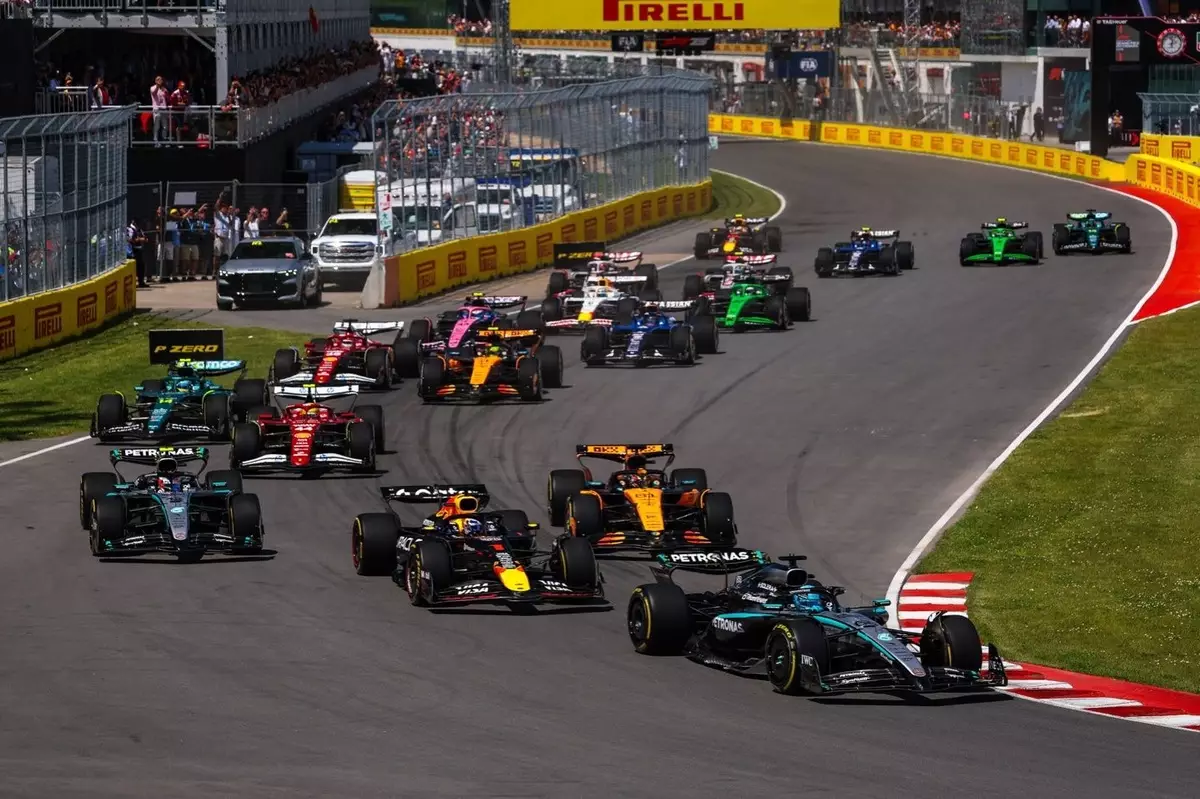In an era where the integrity of sports is often questioned, the FIA has taken a proactive step towards bolstering transparency within Formula 1 by releasing updated racing guidelines and a revised penalty system. This decision comes in the wake of intense scrutiny surrounding race steward decisions, particularly following several contentious incidents during the previous season. As discussions unfolded among drivers, teams, and officials regarding the need for clearer adjudications, the FIA’s move to publicly share the guidelines through its website is an acknowledgment that systematic transparency fosters trust in racing.
Pivotal Changes in Overtaking Protocols
One of the standout reforms from the updated guidelines involves the criteria for overtaking—rules that have ignited passionate debate among drivers and fans alike. Traditionally, overtaking has been fraught with complexity, particularly in wheel-to-wheel scenarios. The new provisions distinguish between inside and outside overtaking maneuvers. Notably, the guidelines now stipulate that for a car to be entitled to space when overtaking on the inside, it must have its front axle positioned alongside the other car’s mirror before reaching the apex of the corner. This clarification aims to mitigate aggressive racing tactics that could lead to dangerous outcomes; however, it is also poised to reshape racing strategies, pushing drivers to adapt their approaches in real-time.
In a stark contrast, overtaking on the outside is deemed significantly more challenging, reflecting the complex dynamics involved in such maneuvers. The guidelines dictate that in order to receive room at the apex of an outside pass, the overtaking vehicle’s front axle must already be ahead of the other vehicle’s front axle. Such stringent requirements may serve to reduce incidents of reckless driving but may also limit the overtaking opportunities available for drivers aiming for bold maneuvers in high-stakes situations.
Contextual Judgement: The Role of Stewards
Despite the clear guidelines, it’s crucial to understand that they operate more as advisory statements rather than rigid regulations. The FIA explicitly leaves room for stewards to exercise discretion, allowing them to weigh factors such as the nature of the incident, the drivers’ actions leading up to it, and situational elements unique to each racing scenario. This capacity for case-by-case judgment is both a strength and a potential pitfall; while it enables stewards to take nuances into account, it can also lead to inconsistencies that may frustrate teams and fans alike.
Factors like driver visibility and vehicle dynamics (such as understeer or oversteer) during maneuvers will be scrutinized, providing a broader context in which incidents are evaluated. Such depth in assessment is commendable and may help mitigate biased interpretations of racing behavior, yet it places an additional burden on stewards to maintain clarity and consistency in their decisions.
Impact on Competitive Spirit and Driver Dynamics
As drivers and teams acclimate to these new guidelines, one might argue that the changes will invigorate the competitive spirit that defines F1 racing. With clearer stipulations regarding overtaking, races could adopt a more strategic flair; drivers may become more tactical in their approaches instead of relying on aggressive, unpredictable maneuvers that can lead to accidents. However, with overtaking now being more regulated, will this inadvertently water down the exhilarating spectacle of wheel-to-wheel racing that F1 is known for?
Additionally, insights from figures like George Russell underscore the broader implications. Acknowledging the importance of transparency, Russell’s commentary suggests that while the FIA has made strides in opening up discussions, the true test lies in the execution. The effectiveness of these guidelines will ultimately depend on how uniformly they are applied across the board and whether they contribute to making racing safer without diminishing its excitement.
The FIA’s decision to publish the revised racing guidelines reflects an essential shift toward transparency in a sport that thrives on precision and clarity. By redefining the parameters of overtaking and how racing incidents are judged, these changes are poised to reshape the landscape of Formula 1—encouraging not just safer racing but also an environment where drivers can compete with greater understanding of the rules governing their conduct on the track. While the efficacy of these guidelines remains to be fully realized as the season progresses, their introduction signals a commitment to enhancing the sport’s integrity and competitive nature.


Leave a Reply